You’re probably adjusting your blinds manually throughout the day, wasting energy and missing opportunities for ideal comfort. Smart window treatments paired with IFTTT can transform this tedious routine into seamless automation that responds to weather, time, voice commands, and your location. These five powerful automations will revolutionize how your home manages natural light and temperature, but the setup process requires careful consideration of your specific needs and existing smart home ecosystem.
Weather-Based Window Covering Adjustments
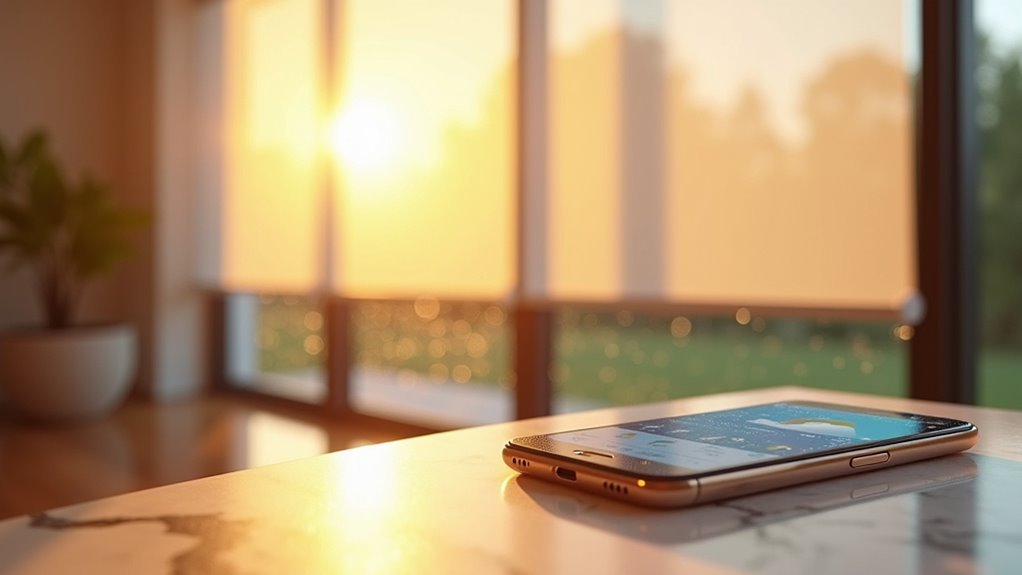
When Mother Nature decides to throw a curveball your way, smart window treatments can automatically respond before you even notice the change.
Weather-based automations through IFTTT connect your shades to Weather Underground or Tempest Weather System, creating responsive coverage that adapts to real-time conditions. You can configure triggers that close shades during rain storms or lower them when temperature thresholds are exceeded, protecting your home from harsh elements.
These intelligent adjustments boost energy efficiency by reducing strain on your HVAC system. When shades automatically block intense sunlight during hot days or open to capture warming rays in winter, you’ll see lower energy bills.
Customizable alerts notify you when weather conditions warrant manual intervention, giving you complete control while maintaining automated convenience.
Time-Scheduled Shade Positioning
Time-scheduled shade positioning transforms your daily routine by automating window treatments according to your lifestyle patterns. You can automate shades to open at sunrise and close at sunset, creating natural rhythms that enhance energy efficiency throughout your home.
IFTTT’s time triggers let you activate specific adjustments based on your daily schedule, whether you’re waking up or winding down for evening.
Location services integration guarantees your shades respond appropriately to your geographic position for peak light management. You’ll create customizable scenes that control multiple window treatments simultaneously, establishing cohesive ambiance across rooms.
Voice-Controlled Room Scene Activation

Voice-controlled room scene activation takes automation beyond preset schedules, giving you instant command over your window treatments through simple spoken instructions.
You’ll transform how you interact with your home environment by integrating IFTTT with Google Assistant to create custom voice-triggered routines.
This automation lets you activate predefined scenes in your Rollease Acmeda app instantly.
Picture these voice-controlled scenarios:
- “Good morning” – Gradually raises bedroom shades while dimming smart lights for a gentle wake-up
- “Movie time” – Lowers living room shades and adjusts lighting for ideal viewing ambiance
- “Dinner mode” – Sets dining area window treatments for intimate evening lighting
- “Energy save” – Adjusts all shades based on current sunlight and temperature conditions
You’ll create personalized IFTTT applets that simultaneously control multiple room scenes, enhancing both convenience and energy efficiency throughout your home.
Location-Triggered Blind Automation
Location-triggered blind automation eliminates the guesswork from window treatment management by using your smartphone’s GPS to detect when you’re approaching or leaving home.
Through geofencing technology, your blinds can automatically adjust based on your proximity to designated areas. When you integrate this system with IFTTT, you’ll create custom recipes that trigger specific blind positions as you arrive or depart.
This automation enhances energy efficiency by adapting window treatments to natural light conditions throughout the day.
You can customize IFTTT applets to set specific parameters, determining exactly how your blinds respond to location changes. Whether adjusting to different heights or complete open/close positions, this seamless integration provides convenience and privacy while ensuring your home responds intelligently to your daily movements.
Smart Home Integration With Multiple Services
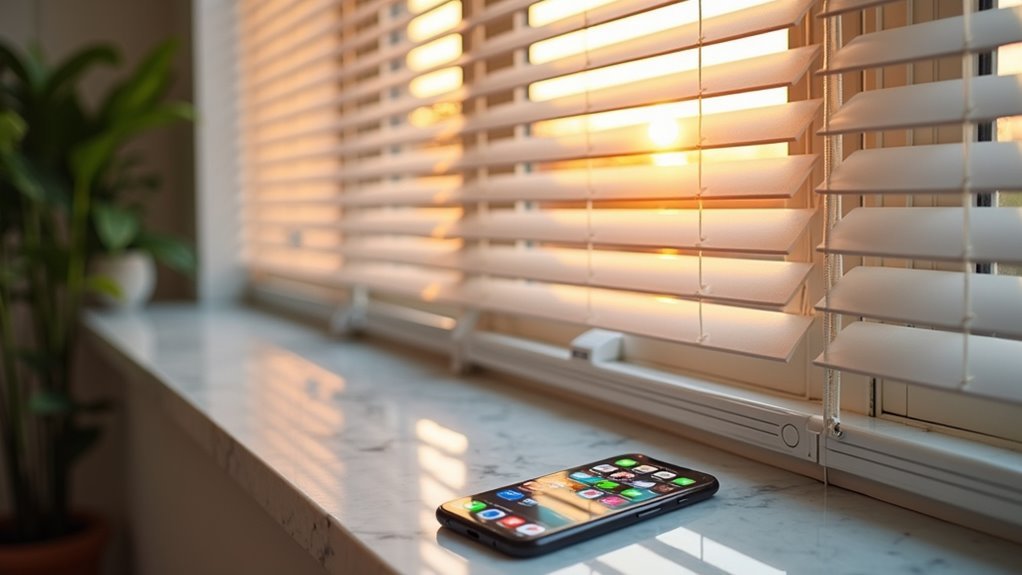
While location-based automation provides excellent foundational control, expanding your window treatment system to work with multiple smart home services creates truly extensive automation possibilities.
IFTTT’s strength lies in connecting various platforms simultaneously, transforming your shade automation into a thorough smart home orchestra.
You can integrate multiple services to create sophisticated routines:
- Morning Symphony: Weather Underground triggers shade opening while Philips Hue gradually brightens lights and Spotify starts your playlist
- Security Protocol: SmartThings motion sensors close shades while cameras activate and lights turn on
- Energy Saver: Nest thermostat data adjusts shades while smart plugs control fans and air purifiers
- Voice Control Hub: Google Assistant commands coordinate shades with music, lighting, and temperature simultaneously
This multi-service automation transforms individual smart devices into one cohesive, intelligent ecosystem.
Frequently Asked Questions
What Window Treatment Brands Are Compatible With IFTTT Automations?
You’ll find several brands work with smart home automations, including Lutron Serena, Somfy, Hunter Douglas PowerView, IKEA FYRTUR, and Bali Autoview. They’re compatible through smart hubs like SmartThings or direct WiFi connections.
How Much Does It Cost to Retrofit Existing Blinds for IFTTT?
You’ll spend $30-150 per blind retrofitting with smart motors or controllers. Motorization kits cost $50-200, plus installation fees if you’re not DIY-savvy. Simpler clip-on devices start around $25 each.
Can IFTTT Automations Work During Internet Outages or Power Failures?
You can’t rely on IFTTT automations during internet outages since they require cloud connectivity. Power failures will also disable most smart devices unless you’ve got battery backups or uninterruptible power supplies installed.
What Happens if IFTTT Automation Conflicts With Manual Window Treatment Controls?
When automation conflicts with manual controls, you’ll typically find manual commands override automated ones. However, you might experience delays, erratic behavior, or motor strain if both systems attempt simultaneous operation.
How Do I Troubleshoot IFTTT Automations That Aren’t Triggering Properly?
First, you’ll check your trigger conditions and device connectivity. Then verify your applet’s enabled status, review activity logs for errors, test with simple triggers, and make certain your smart home devices haven’t lost network connection.


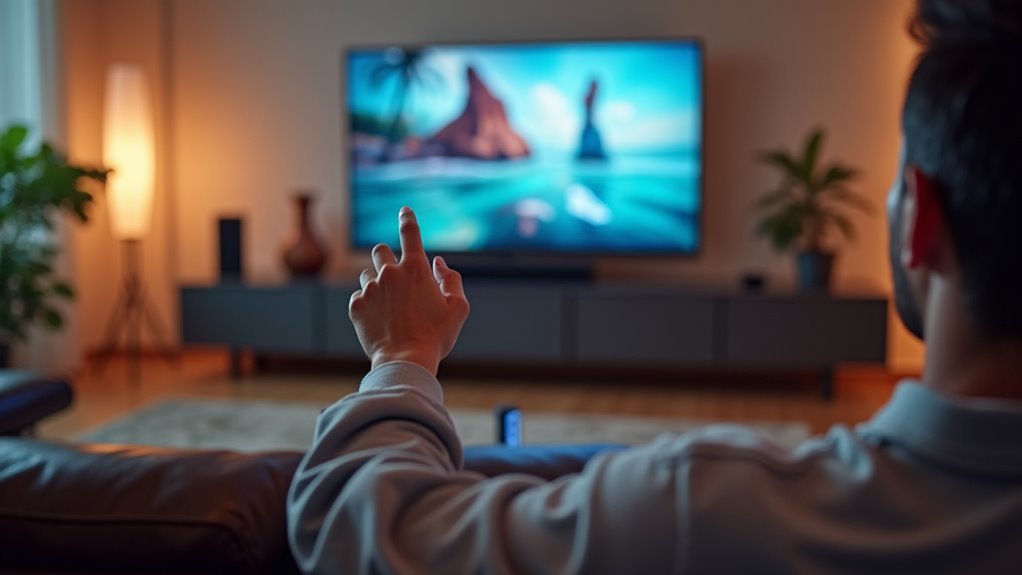
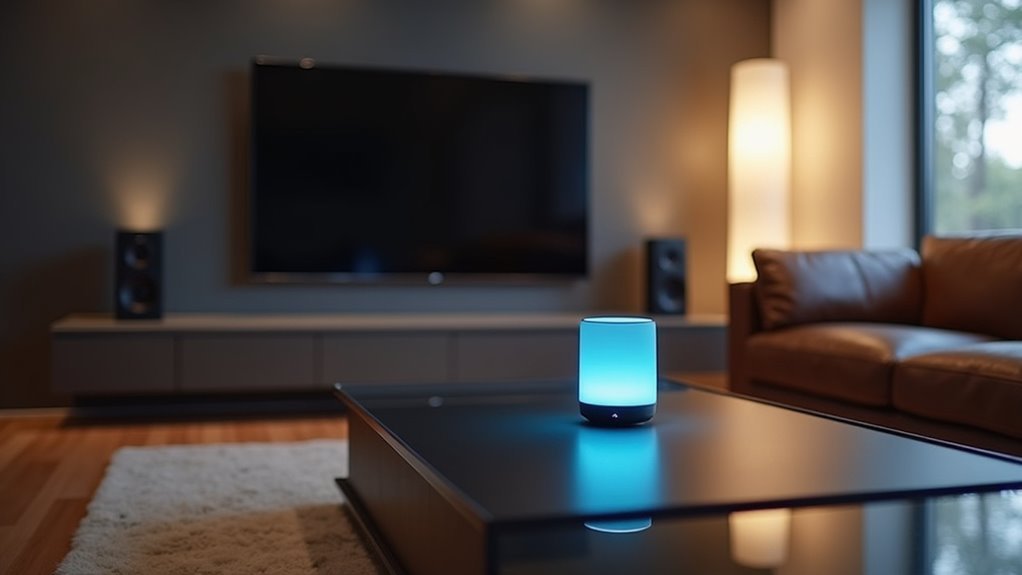
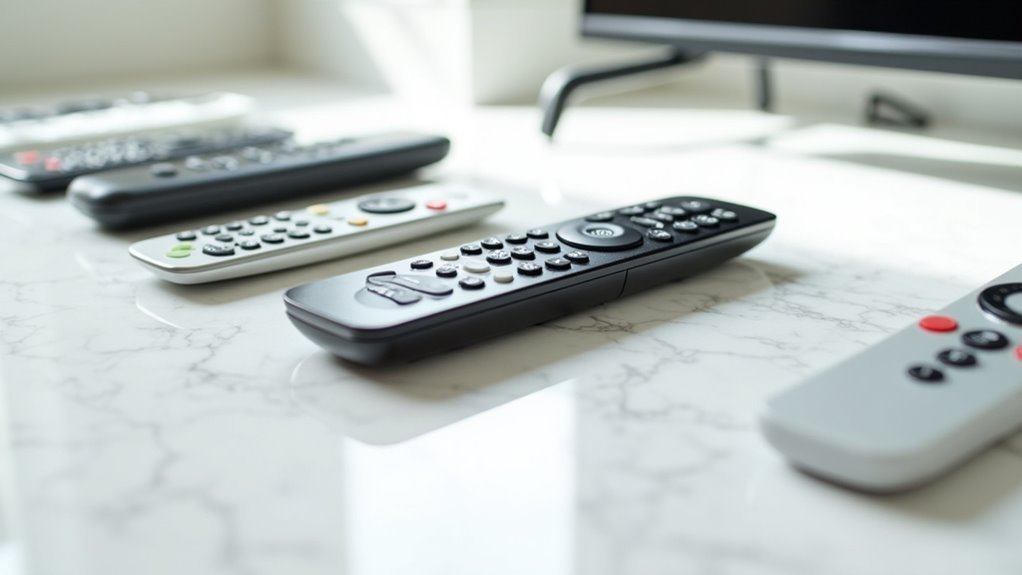
Leave a Reply